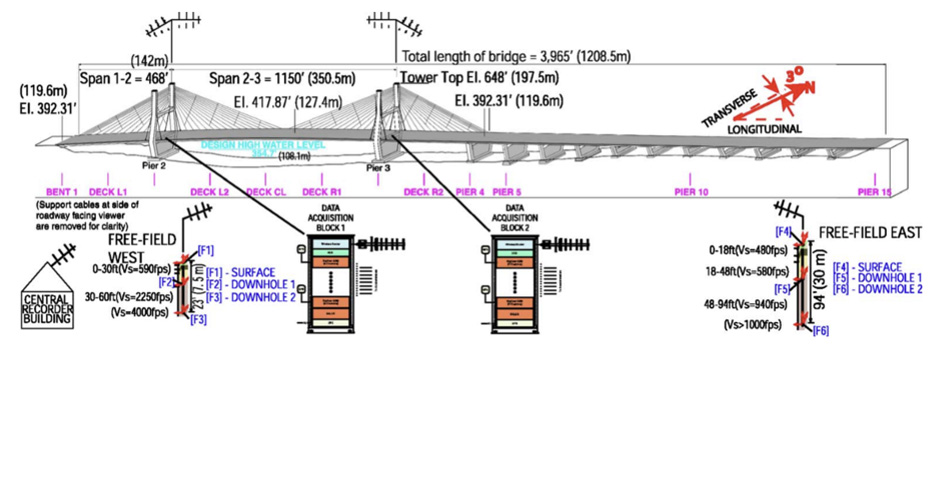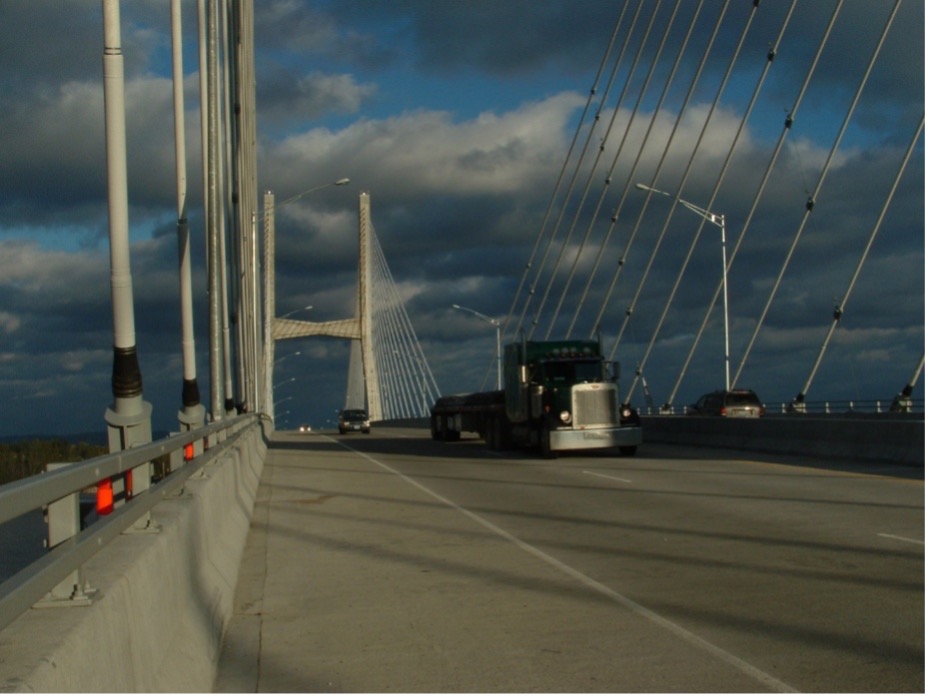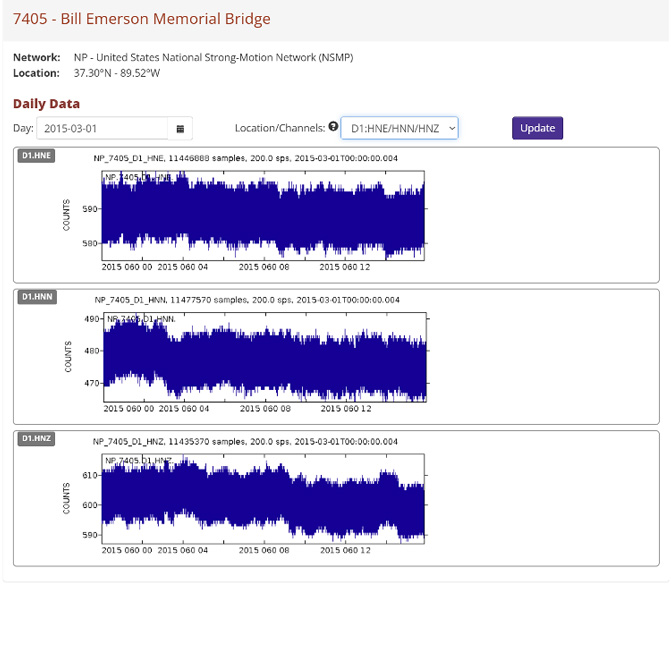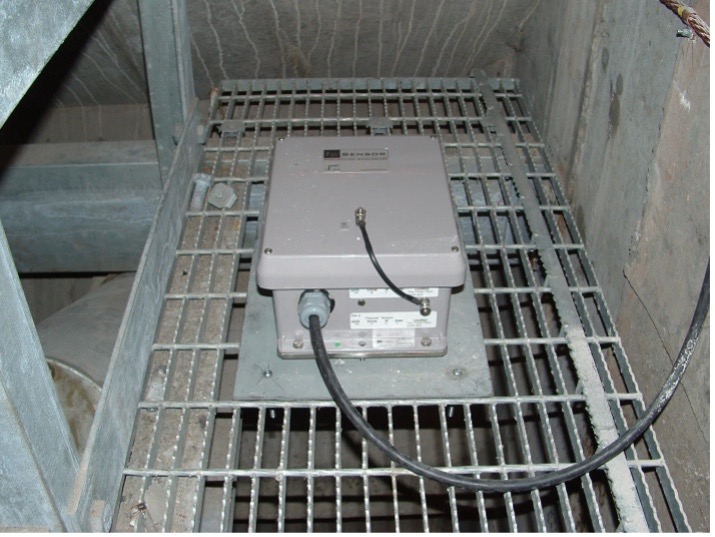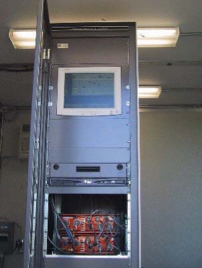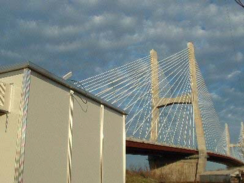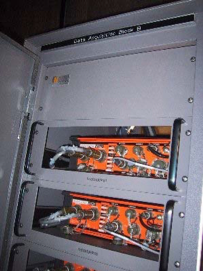About Our client
The Missouri Department of Transportation and the U.S. Department of Transportation with the collaboration of USGS, FHWA and MCEER under the auspices of Center for Transportation Infrastructure and Safety, a National University Transportation Center at Missouri University of Science and Technology supported this project.
Project Objective
Provide a real-time monitoring system of the structural condition of the bridge and use the recorded structural vibration data and ground motions to develop and validate a realistic FE model of the cable-stayed bridge and validate the design assumptions for critical components such as cables and towers.
Project Achievement
The seismic instrumentation system installed on the bridge consists of a total of 84 Kinemetrics accelerometers, digitizers, and units for data concentration and mass storage. This instrumentation, installed throughout the bridge structure and adjacent free field sites, allowed the recording of structural vibrations of the bridge and free field motions at the surface and down-hole locations.
The acquired data was used to understand the overall response and behavior of the cable-stayed bridge, including translational, torsional, rocking, and translational soil-structure interactions at foundation levels. The acquired data enabled engineers and researchers to validate seismic design parameters.
